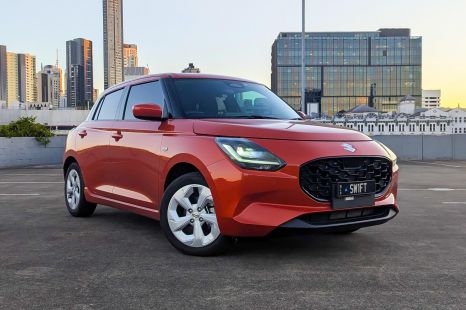

William Stopford
2025 Suzuki Swift Plus review
4 Days Ago
Alfa Romeo is the next Stellantis brand to move away from internal combustion engines, with an all-electric line-up slated for 2027.

News Editor
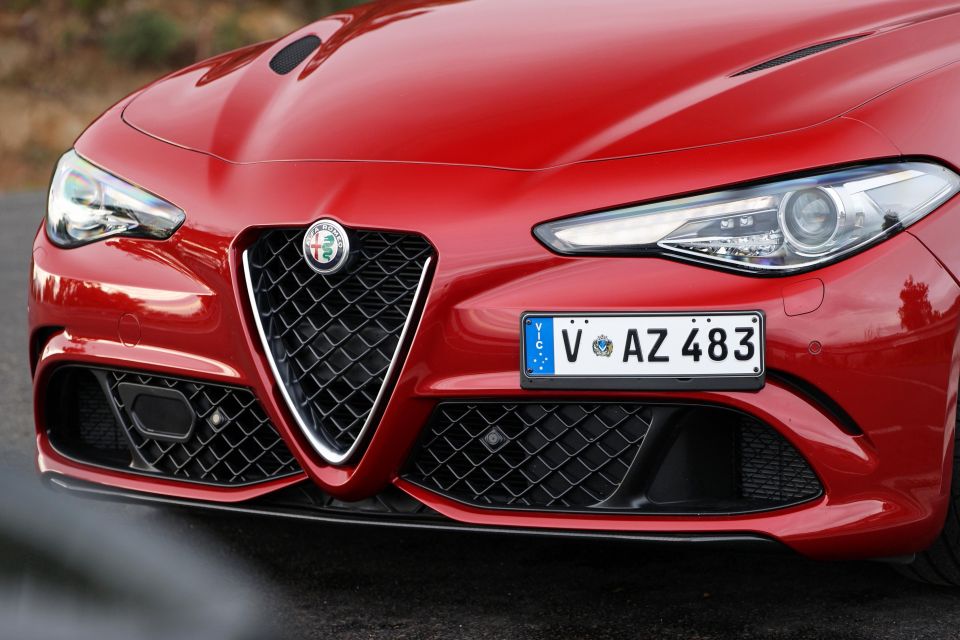

News Editor
Alfa Romeo will transition to selling only all-electric vehicles in 2027.
It’ll follow its fellow Stellantis brands DS and Lancia, which will become EV-only in 2024.
Stellantis CEO Carlos Tavares announced the transition to EV-only line-ups for the company’s three ‘Premium’ brands during an earnings call on the Franco-Italian-American giant’s results for the first half of 2021.
The Alfa Romeo brand will target three “basecamps”: Europe, North America and China. It has, however, committed to right-hand drive markets.
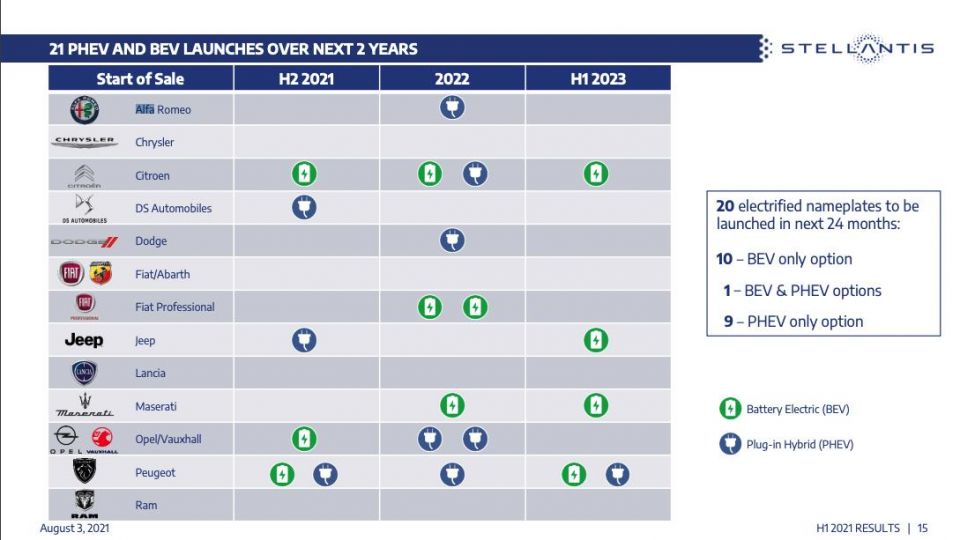
While detailed product plans weren’t provided, Stellantis supplied an overview of the 21 plug-in hybrid and EV launches it has planned over the next two years.
Just one Alfa Romeo was listed: a plug-in hybrid, the Tonale, which has been delayed to 2022.
Alfa Romeo’s upcoming light SUV, expected to be called the Brennero, wasn’t listed.
This indicates its launch has been pushed to the second half of 2023, confirming earlier reports it would launch after its Fiat and Jeep-branded platform-mates.
The Brennero was reportedly set to begin production in January 2023 solely in all-electric guise, with a mild-hybrid following in March 2024 and a dual-motor all-wheel drive version in July 2024.
While the Tonale, development of which was well underway before the Stellantis merger, uses an older Fiat Chrysler Automobiles platform shared with the Jeep Compass, the Brennero is expected to use the Common Modular Platform (CMP) developed by the former Groupe PSA, or its STLA Small replacement.

This means it’ll share its underpinnings with the likes of the Peugeot 2008.
As for the rest of the line-up, it’s unclear what else Alfa Romeo has planned.
Reports earlier this year suggested the brand was looking at reviving the GTV as an electric four-door coupe to rival the BMW i4 and Tesla Model 3. Alternatively, the GTV badge could grace a retro-styled two-door coupe.
The report from Autocar also suggested the MiTo hatchback could receive a belated replacement, while the Giulia and Stelvio – though failing to meet sales targets – may receive a replacement on the new STLA Large platform that’ll also be used by Maserati.
Future Alfa Romeo models’ designs will now be penned under the eye of Alejandro Mesonero-Romanos, the former head of design at Dacia and the man responsible for styling Seat models like the current-generation Leon, Arona, Ateca and Tarraco.
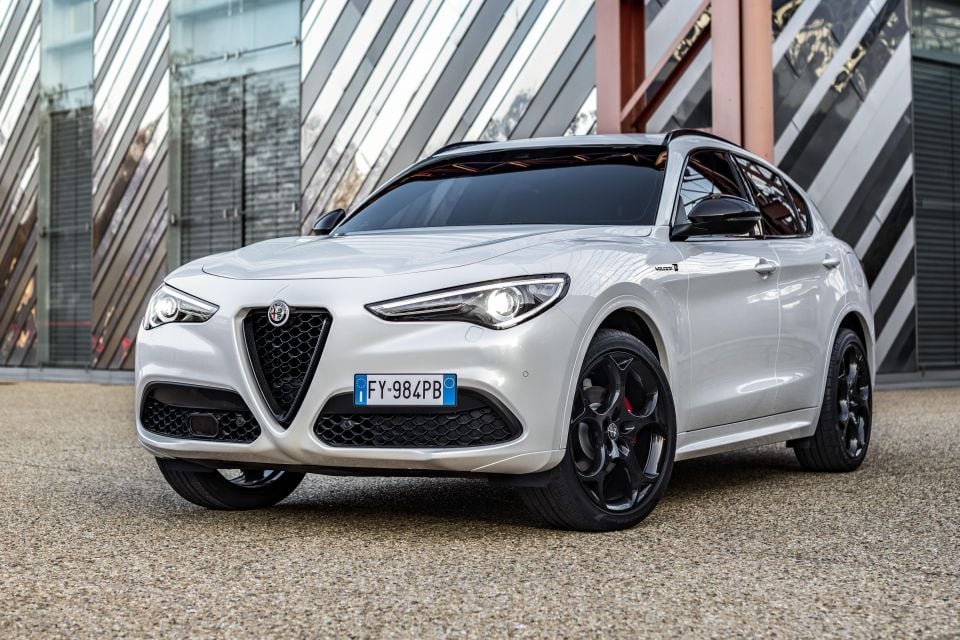
Stellantis, the world’s fourth-largest automaker, is investing more than €30 billion (A$47.82 billion) through 2025 in electric vehicles.
Despite this ambitious undertaking, Stellantis is targeting sustainable, double-digit adjusted operating income margins up to 2026.
For the first half of 2021, it posted adjusted operating income of €8.6 billion (A$13.78 billion) with an 11.4 per cent margin. The North American margin was even higher at 16.1 per cent.
It’s expecting 70 per cent of its European sales to be “low emission vehicles” (all-electric or hybrid vehicles) by 2030, as well as over 40 per cent of its US sales.
It also announced earlier this year that Opel and Vauxhall will sell only electric vehicles in the European market by 2028.
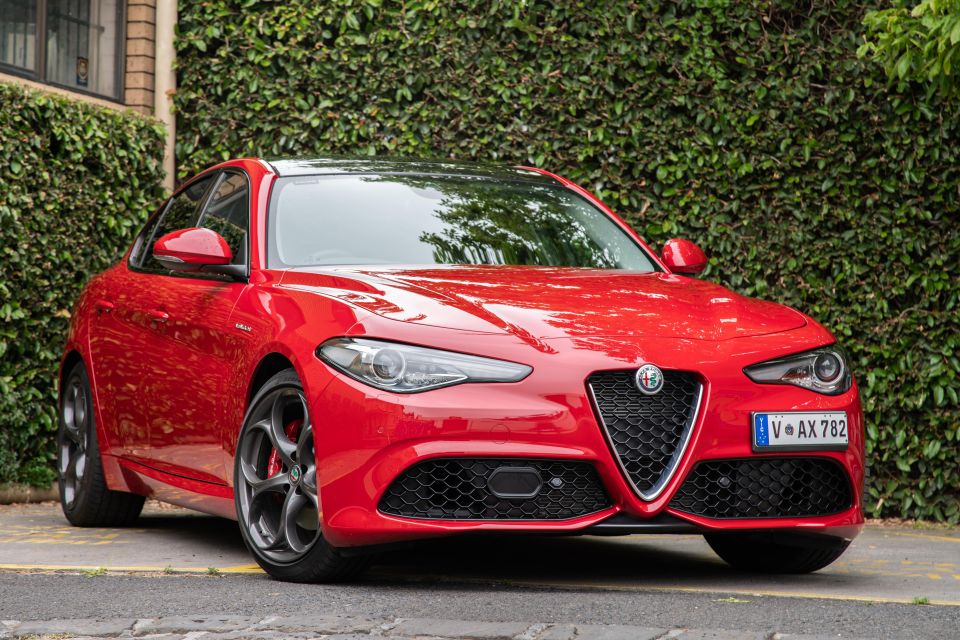
Stellantis’ fleet of electric vehicles will use four different EV platforms:
Stellantis says it can produce up to two million vehicles per year on each platform, and each platform will be highly flexible in terms of length and width and will support fast-charging of up to 32km per minute.
The company says it will extend the life of these platforms well into the next decade through hardware upgrades and over-the-air software updates, and will develop software and controls in-house “to maintain the characteristics unique to each brand”.
By 2026, it’s aiming to make the total cost of owning an EV equal to that of an internal-combustion vehicle.
Where expert car reviews meet expert car buying – CarExpert gives you trusted advice, personalised service and real savings on your next new car.
William Stopford is an automotive journalist based in Brisbane, Australia. William is a Business/Journalism graduate from the Queensland University of Technology who loves to travel, briefly lived in the US, and has a particular interest in the American car industry.


William Stopford
4 Days Ago


Max Davies
3 Days Ago


Josh Nevett
2 Days Ago


Andrew Maclean
1 Day Ago


Shane O'Donoghue
1 Day Ago
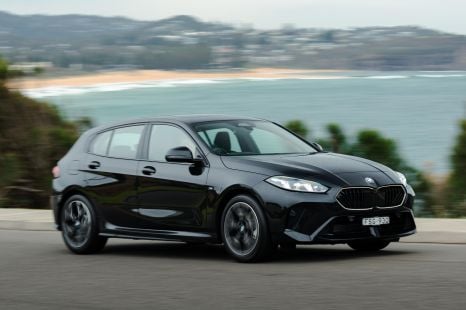

Anthony Crawford
13 Hours Ago